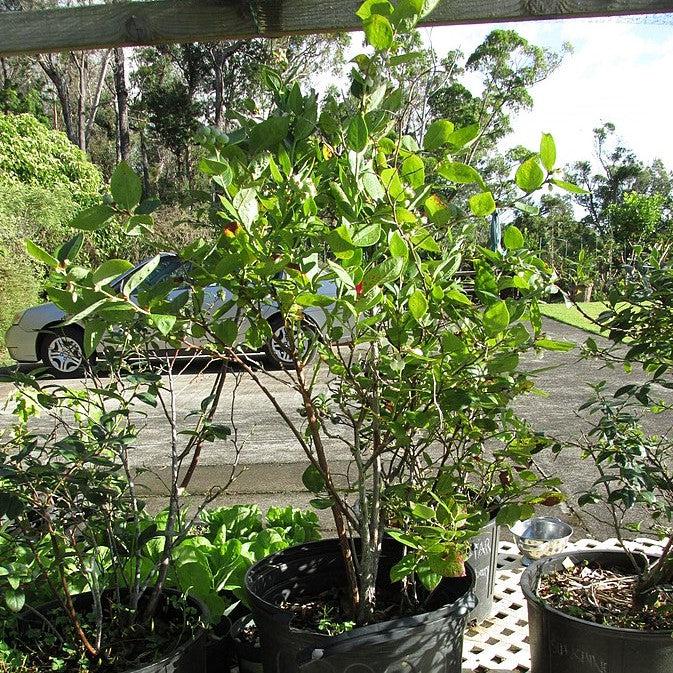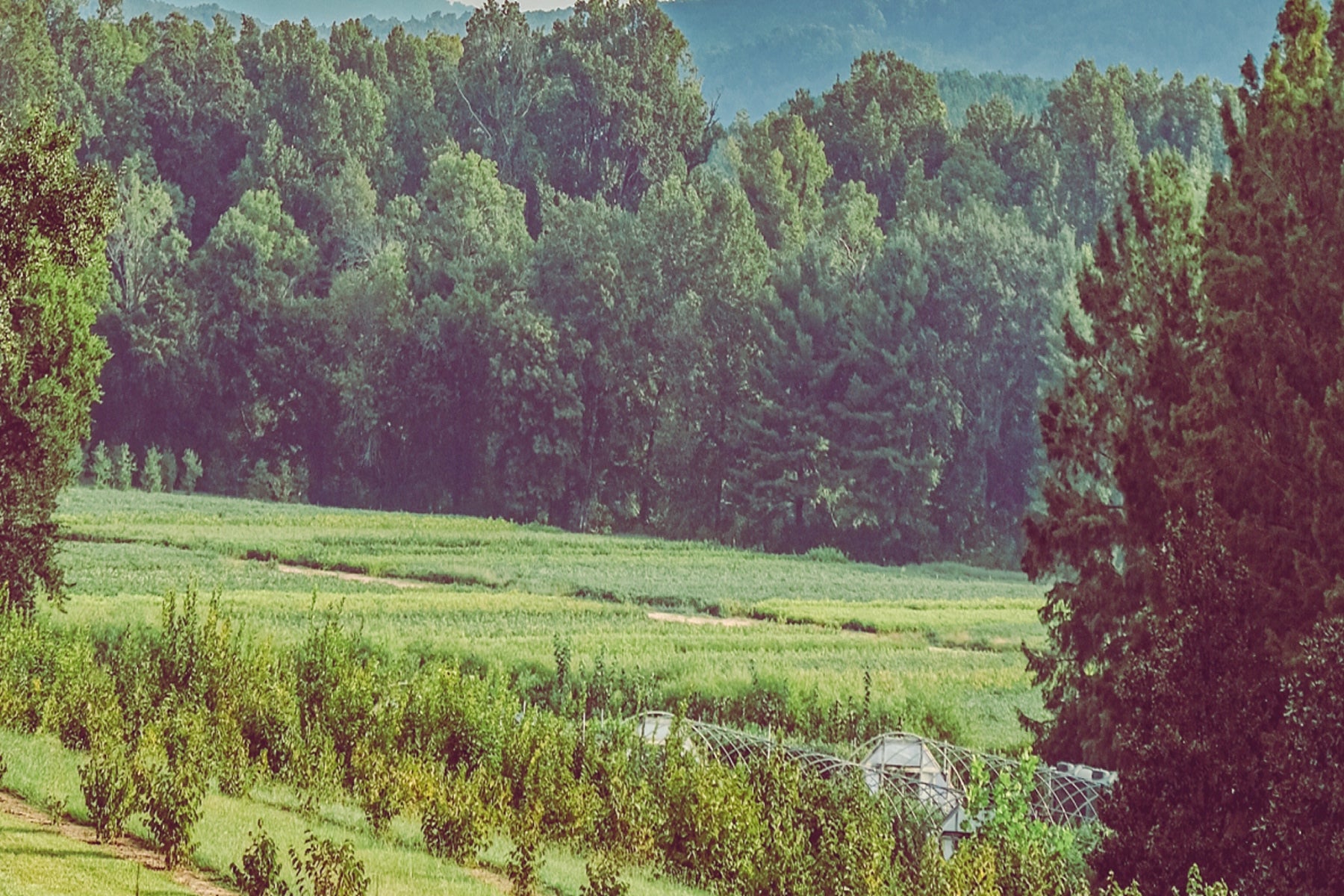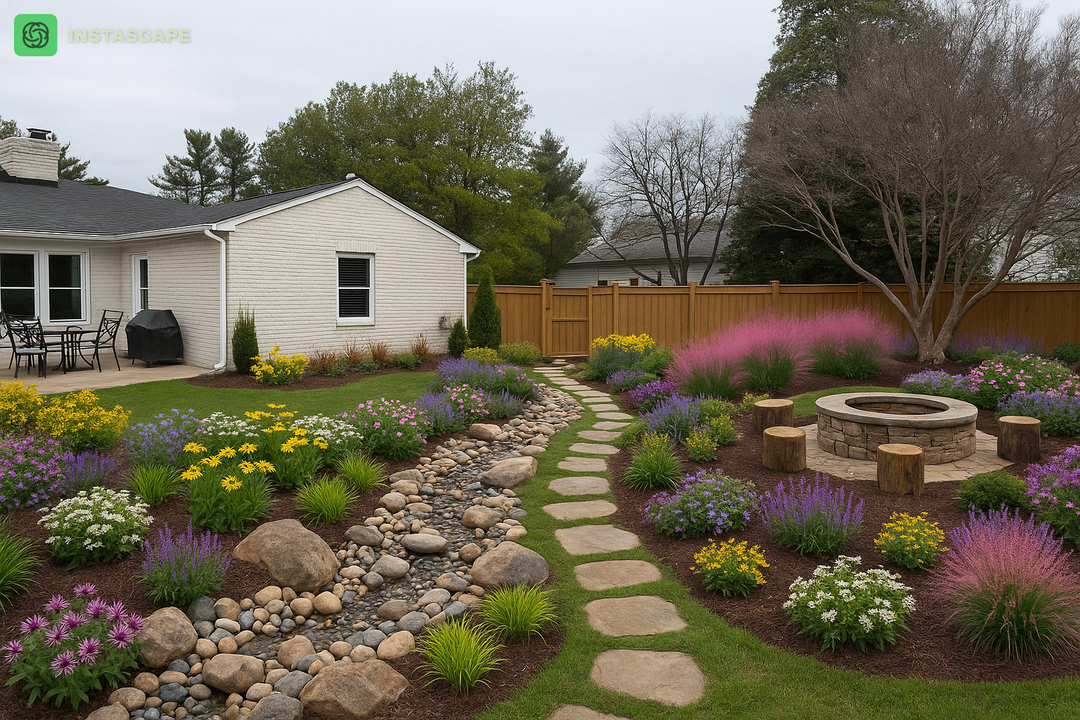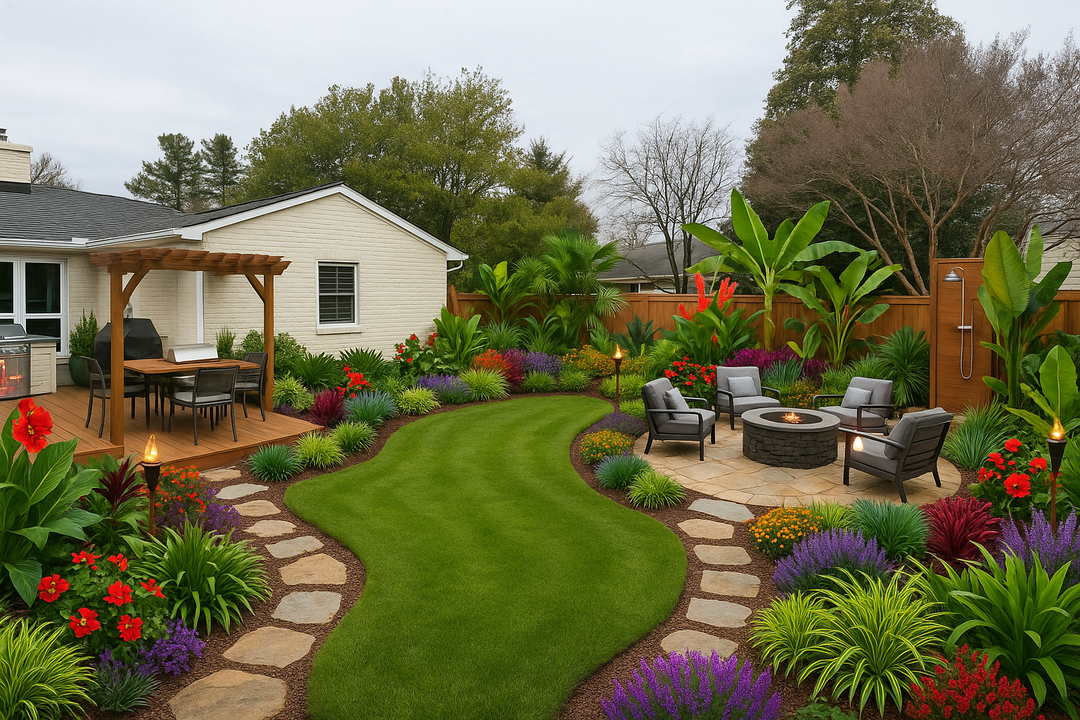Sharpblue Highbush Blueberry is an upright shrub that is evergreen in mild climates with an early and long harvest season of sweet, medium-sized dark blue blueberries. The elliptical foliage turns shades of yellow-orange-red in fall. The white flower clusters bloom in spring and turn to the berries that are ready to harvest by late spring early summer. Grows best with full sun and rich, moist acidic well-drained soils. Sharpblue has several adaptations that make it very suitable for the South: higher tolerance for sandy soils, improved heat-tolerance and rot resistance, and is self pollinating with a low chill requirement of only 200 hrs.
Vaccinium corymbosum are highly valuable for wildlife as well, being listed as a host plant for 32 different butterflies and moths, and provides nectar to several specialized bees. The berries and branches are good food sources for birds and mammals.
|
Type: |
|
|
Origins: |
East N. America; GA Native |
|
Height: |
5' - 6' |
|
Spread: |
5’ - 6' |
|
Spacing: |
5' |
|
USDA Hardiness Zone: |
7 - 10 |
|
Culture: |
|
|
Bloom Color: |
White |
|
Season of Interest: |
MAINTENANCE NEEDS: Medium Maintenance. Water regularly and mulch. Prune as needed in late winter. Chlorosis may occur in high PH soils. Blight, rot, anthracnose, canker, and mildew are occasional problems. Blueberry maggot, fruit worms, and spotted wing drosophila can damage the fruit. Mummy berry is a fungal disease that shrivels and dries the fruit- remove effected fruit immediately if spotted.
LANDSCAPE USES: Accents or Group Plantings, Borders, Naturalized Areas, Woodland Gardens, Rock Gardens, Hedges, Foundation Plantings, Edible Gardens, and Containers.
COMPANION PLANTS: Raspberry, Strawberry, Hydrangea
IMAGES: Forest & Kim Starr, Starr-170720-0235-Vaccinium hybrid-CV Sharp Blue immature fruit right now-Hawea Pl Olinda-Maui (36060514360), CC BY 3.0 US, (2) Forest and Kim Starr, starr-190518-6528-Vaccinium_hybrid-fruit-Hawea_Pl_Olinda-Maui
*As plants have ranges in appearance they may not appear as the images shown.

























































